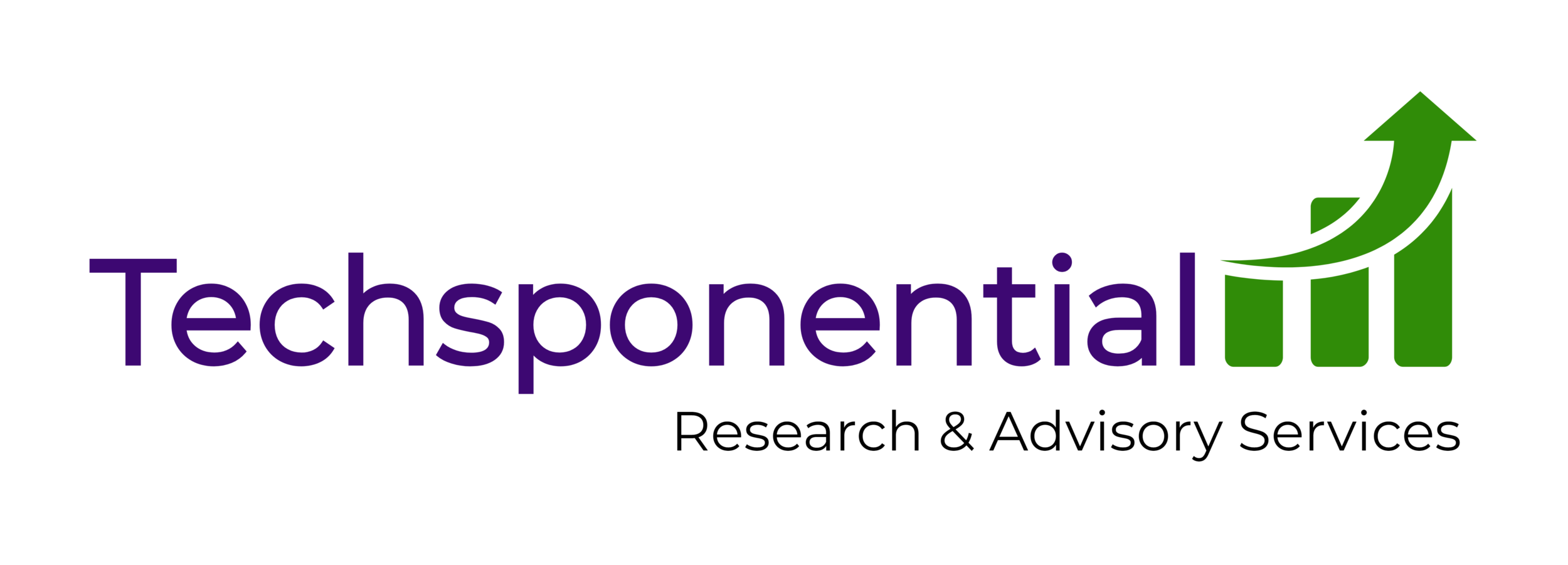Verizon Consumer Connections Report
Verizon held a small lunch yesterday to promote its latest Consumer Connections Report. Here are five highlights from Verizon's market research with some quick analysis:
The average monthly data usage per Verizon Home Internet household is now a staggering 656 GB, up 6% from 2023.
If you're entering the FWA (wireless broadband) market, keep that number in mind -- you're going to need a lot of spectrum and a lot of backhaul.
62% of Verizon customer purchases last year were made in Verizon retail stores, and 64% of customers upgraded their devices at Verizon retail stores.
This is not at all surprising if you've been following the U.S. wireless market, and it represents an expensive strategic moat against new market entrants -- both carriers/MVNOs and new device brands that expect to sell direct/online and bypass the carrier retail channel. You need bricks and mortar to serve this market.
While Verizon didn’t clarify this, my research has shown that the majority of subscribers that didn’t buy at Verizon retail stores still bought from Verizon.com — or directly from Apple. The open market for phones is slightly bigger at other carriers, but it’s still a small fraction of the market overall, and this fraction hasn’t changed much over the years.
Customers under 35 were more likely to shop online, while the 55+ cohort preferred shopping in retail stores. 52% of all new phone lines added on digital channels in 2024 were from customers aged 18 - 43.
Again, completely expected, but data that confirms assumptions is still valuable, and Verizon is bringing the receipts.
Verizon Family is the carrier's parental control app, and caregivers are focusing on restricting content (62%) and social media (54%), not video (21%) or games (18%). Of the social media apps, Tumblr (25%) and Snapchat (19%) were bigger concerns than TikTok (13%) or Instagram (12%).
U.S. parents appear to be worried about images that their kids will see more than the dark holes the algorithm will pull them into.
Verizon is the official sponsor of the NFL, and its report includes the total data usage across every NFL stadium.
Bigger stadiums that seat more people (Dallas) had more data usage than smaller ones, teams having good years (Vikings, Eagles, Washington) saw high usage, and nobody in Green Bay was willing to risk frostbite to take out their phones. This is great fun, but it isn’t terribly useful data.
The full report can be found here on Verizon’s site
To discuss the implications of this report on your business, product, or investment strategies, contact Techsponential at avi@techsponential.com.

